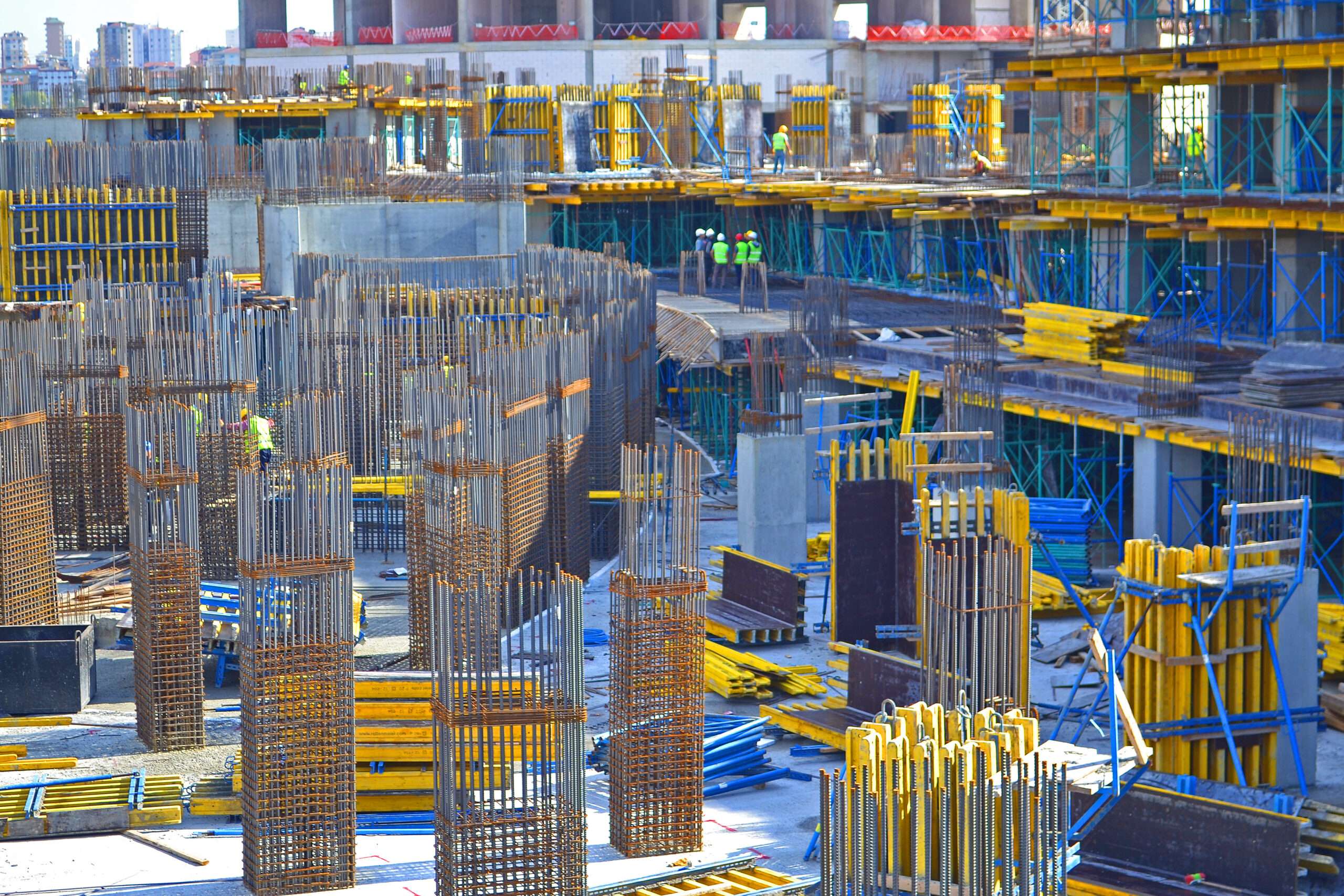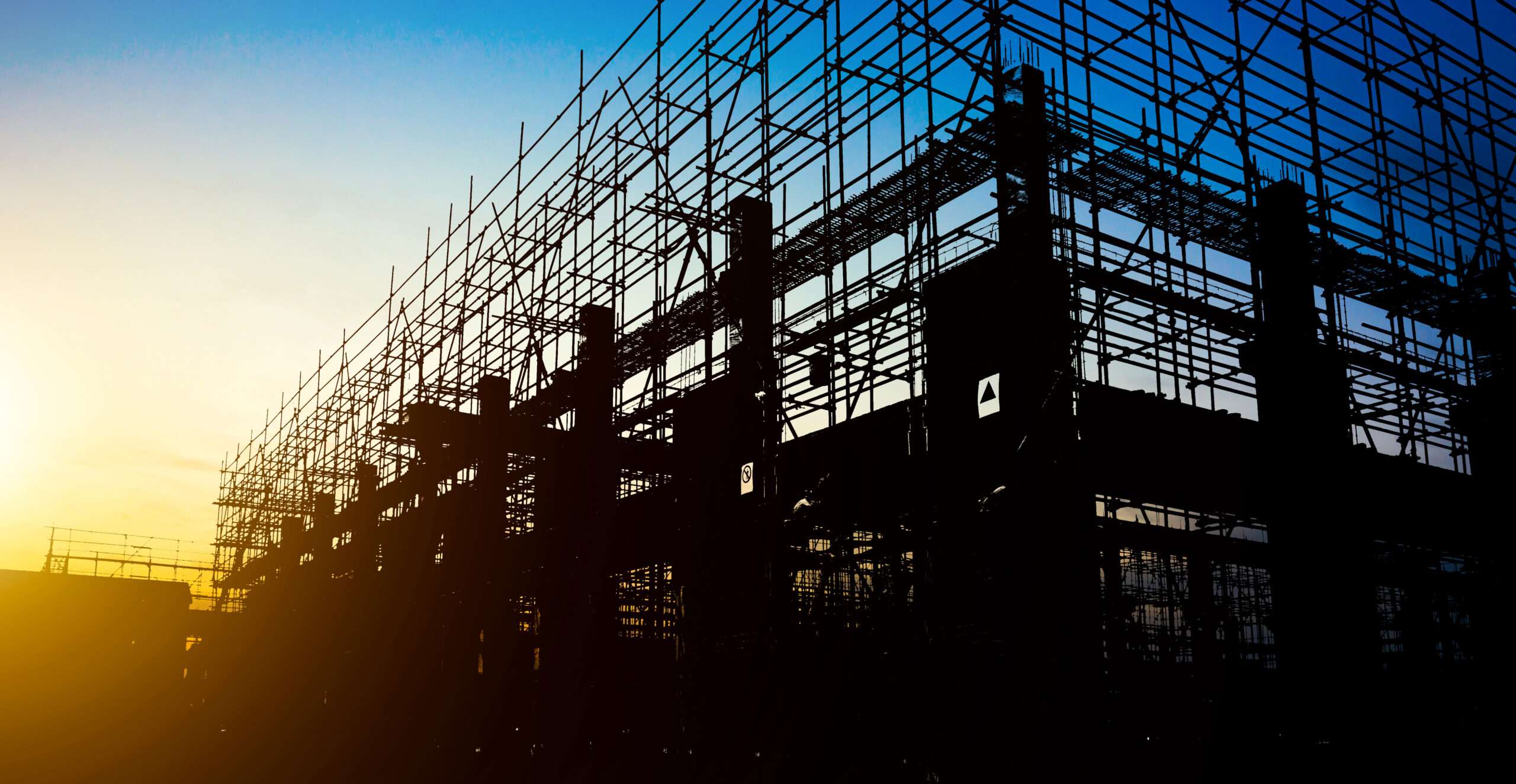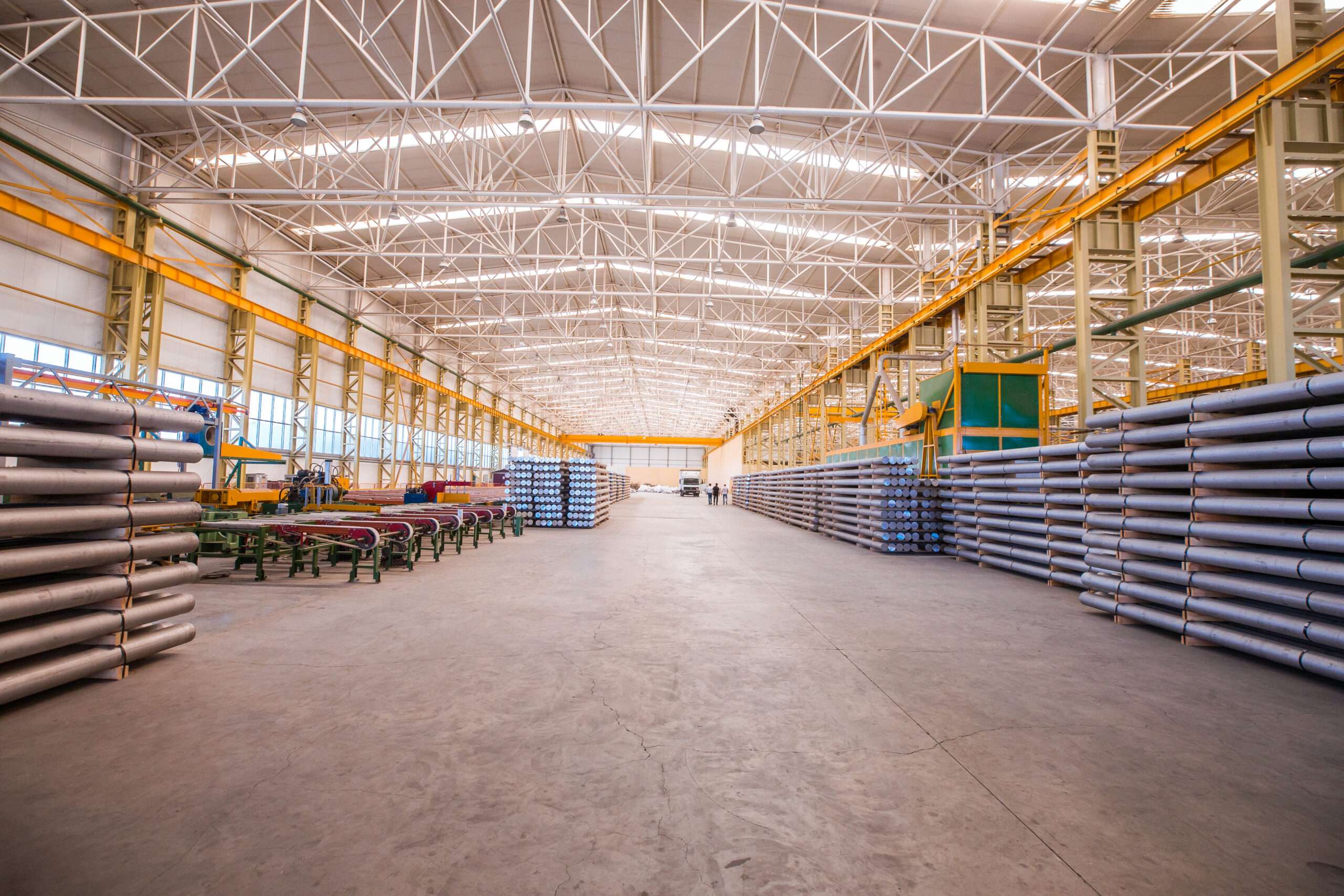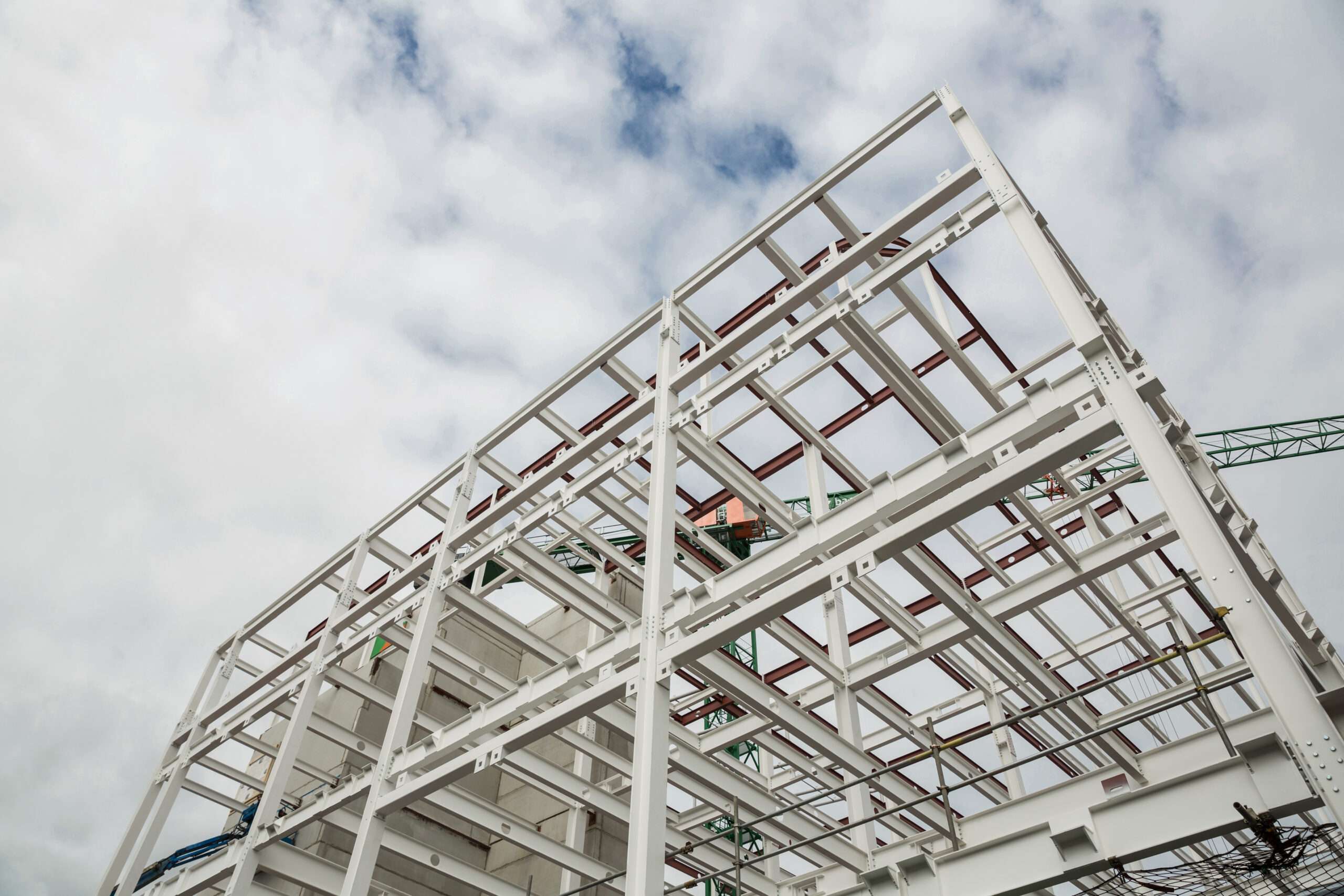Selecting a metal building for your project is a significant step, but the real challenge lies in choosing the right type to meet your needs. Your decision goes beyond just aesthetics—it directly impacts the cost, functionality, and engineering requirements of your structure.
Contrary to popular belief, metal buildings are not limited to a single style or size. Our team has collaborated with clients who required buildings of all shapes, dimensions, and unique specifications. The key is to narrow down the options to find a structure that aligns with your practical needs and personal taste.
One of the standout benefits of metal buildings—especially steel—is their adaptability. If your preferences evolve or the building’s purpose changes over time, steel structures offer unparalleled flexibility. Modern steel buildings come with a range of options for customization, including diverse color palettes, multiple door and window designs, and architectural features to suit your style.
Choosing a steel building ensures you get a versatile, modern, and cost-effective solution tailored to your current and future needs.

The Most Common Types of Metal Buildings
Metal buildings come in a variety of styles to suit diverse needs. Some of the most popular options include:
- Rigid Frame
- Open Truss
- Post Frame
- Quonset Hut
Each of these designs brings unique advantages, and with careful selection, they can be customized to meet the specific requirements of your project. Whether you’re looking for durability, versatility, or aesthetic appeal, these structures offer solutions that can be tailored to match your goals and expectations. Choosing the right style ensures your metal building performs optimally for its intended purpose.

The Rigid Frame Design
The rigid frame design is one of the most popular and widely implemented structural frameworks in modern construction. Frequently utilized in commercial projects and increasingly in residential builds, this steel-framed design offers significant benefits, particularly when maximizing interior space is a priority.
The name “rigid frame” derives from its robust and interconnected structure, where vertical columns and horizontal beams come together to form a strong skeletal framework. This construction effectively distributes loads throughout the structure, transferring them directly into the ground. One of the standout advantages of this design is its ability to eliminate the need for vertical columns in the center or other middle areas of the building.
This feature creates an open, unobstructed interior space, commonly referred to as a clear-span design. Such flexibility is especially valuable for those looking to adapt or rearrange interiors over time. Since there are no central load-bearing walls or columns to contend with, modifying the layout is straightforward and hassle-free. Whether you’re designing a warehouse, retail space, or a modern home, the rigid frame structure delivers durability, versatility, and expansive potential.

The Open Truss Design
For those new to the world of construction, let’s start with the basics: what exactly is a truss? Trusses are intricate, web-like frameworks integral to a building’s structure, designed to bear significant weight. These systems have been employed in structures of all sizes, particularly in those with expansive roof spans. Beyond their strength, trusses allow architects and builders to create larger spaces and explore innovative designs. There are two main types to consider: open trusses and closed trusses. Consulting an architectural expert or a metal building kit manufacturer can help you determine which type best meets your needs.
An open truss, in particular, is distinct due to its lack of horizontal tie beams across the bottom. This design choice not only adds a decorative touch but also enhances vertical space. These structures are ideal for commercial buildings requiring open, airy interiors and are also popular in residential homes where they contribute to the aesthetic appeal of vaulted ceilings. Their combination of functionality and style makes them a favorite in both industrial and domestic architecture.

The Post-Frame Design
The post-frame design is a widely popular and highly versatile construction method, celebrated for its practicality and efficiency. This approach uses vertical poles to distribute the structural load directly into the ground. These poles are strategically placed along the perimeter and, in some cases, within the interior for multi-span buildings.
This construction style offers an array of advantages, including:
- Faster Assembly: With the poles in place and the roof secured, interior work such as flooring, walls, and finishing touches can proceed at a steady pace without delays. This streamlines the overall construction timeline.
- Cost Efficiency: Post-frame buildings can be constructed year-round without requiring large crews, significantly reducing labor costs compared to traditional construction methods.
- Design Flexibility: This method allows for practical features like porches and overhangs to be added seamlessly. Insulation packages can also be integrated without needing interior walls for structural support, making it adaptable for various uses.
- Structural Strength: Known for their durability, post-frame buildings offer excellent stability due to their robust anchorage system. The hinge joint design enhances wind resistance and minimizes shear, making these structures exceptionally reliable in challenging weather conditions.
The post-frame design isn’t just a construction method—it’s an innovative solution for creating strong, flexible, and cost-effective buildings.

Quonset Hut Design
The iconic arched structure of Quonset huts has remained a symbol of durability and versatility. This unique design, which has evolved over time, features arch panels securely fastened with bolts, transitioning from rigid frames to a more adaptable architecture. It’s an ideal choice for DIY enthusiasts—perfect for beginners and seasoned builders alike.
Manufactured as a convenient kit, the assembly process requires no heavy machinery. Simply bolt the panels together, erect the arches, and enjoy the functional beauty of the structure. Its curved shape minimizes vertical stress, effectively preventing snow, rain, or sleet from accumulating on the roof, making it a practical choice in all weather conditions.
Whether you’re exploring options for your next steel building project or seeking customizable designs, Quonset huts offer flexibility in style, color, and finishes. Ready to get started? Reach out today for a free quote and bring your vision to life!
Conclusion
Metal buildings have revolutionized modern construction by providing highly adaptable and cost-effective solutions for various applications. Whether you are looking to build a commercial warehouse, residential home, or agricultural facility, the versatility of metal structures ensures there is a design suited for your needs. The ability to customize features such as color schemes, door placements, and interior layouts further enhances their appeal.
With options like rigid frame designs for open spaces, post-frame buildings for efficiency and strength, and Quonset huts for easy assembly, the diversity in metal building types accommodates a wide range of projects. The durability of steel, combined with modern engineering, guarantees long-lasting performance, even under challenging environmental conditions.
By understanding the strengths and unique characteristics of each metal building type, you can make an informed decision that aligns with your goals. Whether you prioritize style, functionality, or affordability, metal buildings are a dependable choice for today’s construction needs. Embrace the possibilities and unlock the potential of metal structures for your next project.
FAQs
What are the most common types of metal buildings?
The most common types include rigid frame, open truss, post-frame, and Quonset hut designs. Each type serves different purposes, such as maximizing open space, adding decorative elements, or ensuring cost-effective and efficient construction.
How do I choose the right metal building type for my project?
Consider your project’s purpose, budget, and customization needs. For example, rigid frame designs are ideal for large, open spaces, while Quonset huts are great for DIY projects due to their simple assembly.
What are the advantages of using metal buildings?
Metal buildings offer durability, flexibility, cost efficiency, and minimal maintenance. They are customizable to suit specific needs and can withstand harsh weather conditions, making them a long-term investment.
Are metal buildings suitable for residential purposes?
Yes, metal buildings are increasingly popular in residential construction. Open truss and post-frame designs, for instance, are excellent for creating modern, stylish homes with vaulted ceilings and spacious interiors.
Can metal buildings be customized?
Absolutely! Metal buildings can be tailored with various color options, door and window placements, and architectural features. They also accommodate changes over time, making them adaptable to evolving needs.


